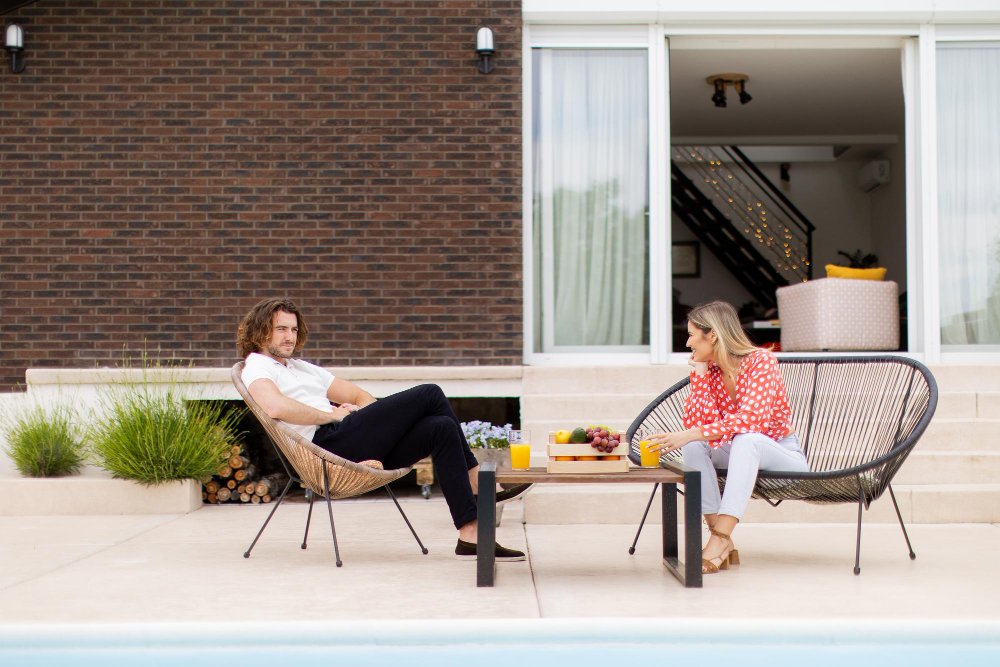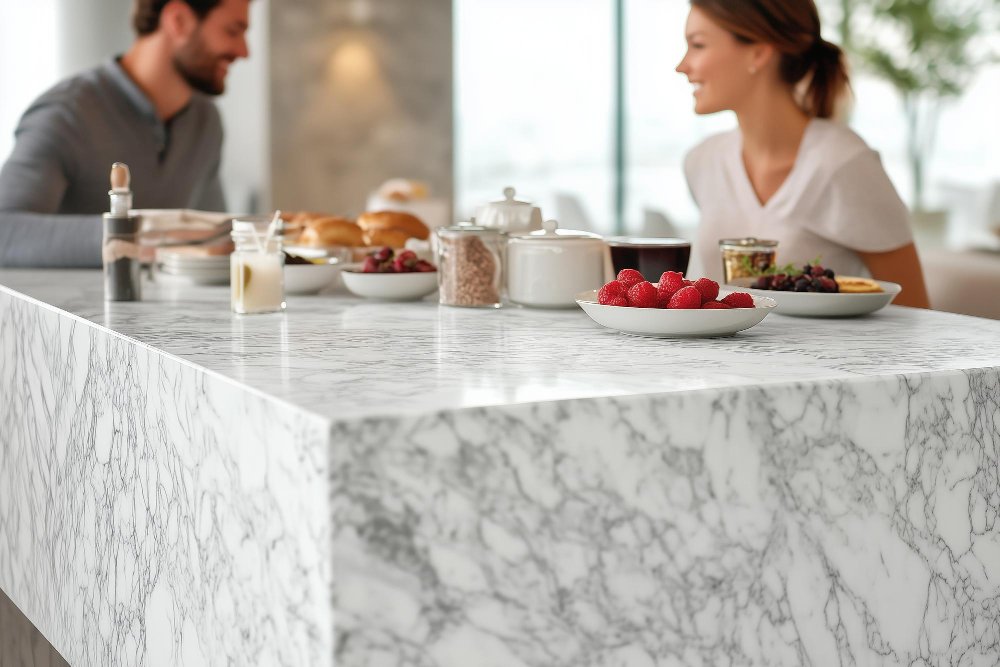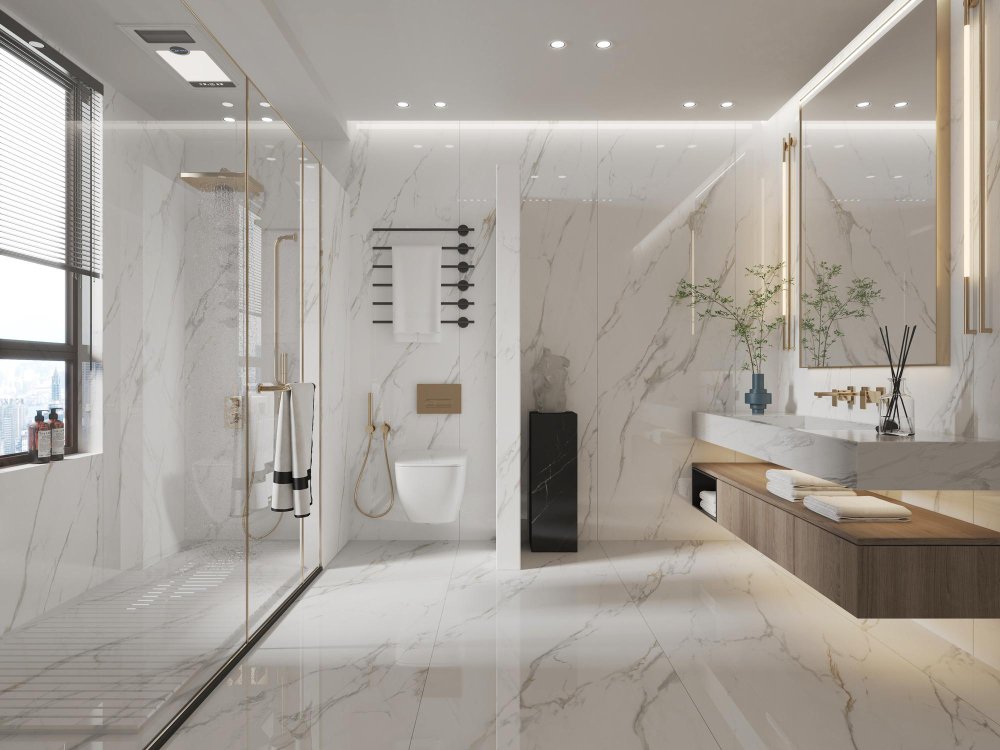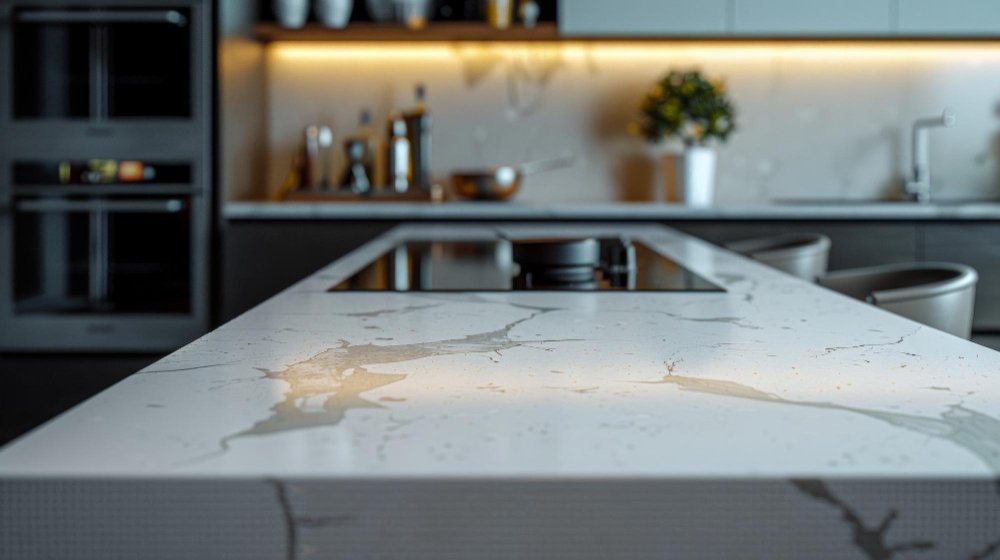The outdoor areas of your home aren’t just for summer barbecues—they can be sustainable sanctuaries that support relaxation, conservation, and smart design. With the right approach, you can create an outdoor retreat that reduces your carbon footprint while enhancing your quality of life. Here’s how to design a climate-smart outdoor space that’s both functional and beautiful.
1. Prioritize Shade and Cooling Structures
Shade structures help regulate outdoor temperature, protect from UV rays, and reduce your need for air conditioning indoors.
Ideas to incorporate shade:
- Pergolas with climbing vines or retractable canopies
- Shade sails for a modern, minimalist look
- Trees planted near windows or patios to naturally cool your space
Bonus Tip: Use recycled or FSC-certified wood for pergola construction.
2. Choose Drought-Tolerant Landscaping
Water conservation is key in climate-resilient outdoor design. Xeriscaping—landscaping that reduces or eliminates the need for irrigation—is both eco-friendly and stylish.
Low-water plant options:
- Lavender, rosemary, and ornamental grasses
- Native plants suited to your local climate
- Succulents and cacti for modern aesthetic
Use mulch to retain soil moisture and prevent erosion.
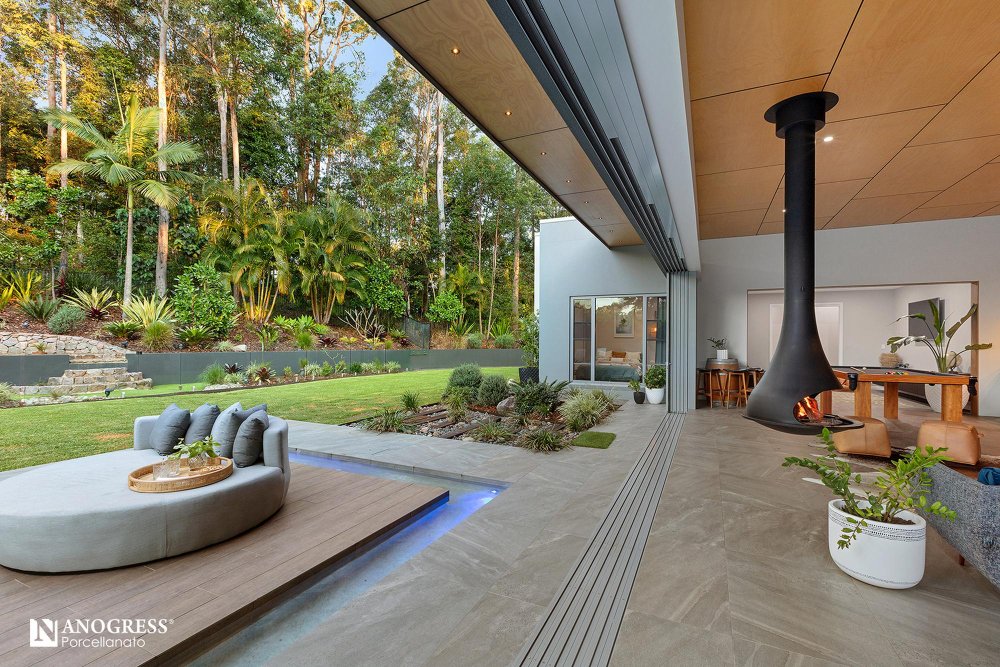
3. Install Permeable Surfaces
Traditional concrete patios and driveways increase runoff and heat. Instead, choose materials that allow rainwater to soak into the ground.
Climate-smart surfaces:
- Gravel, decomposed granite, or recycled brick paths
- Permeable pavers that let water drain naturally
This not only helps with stormwater management but also reduces the urban heat island effect.
4. Incorporate Functional Zones
Maximize space by creating outdoor areas with multiple uses. This reduces the need for extra materials and ensures every part of your yard is enjoyed.
Examples:
- A dining area that doubles as a workspace
- A sandbox with built-in storage benches
- Raised garden beds used for both food and flowers
5. Use Sustainable Furnishings
Choose outdoor furniture made from reclaimed, recycled, or responsibly sourced materials.
Top picks:
- FSC-certified wood tables and benches
- Recycled plastic Adirondack chairs
- Metal furnishings with weather-resistant powder coatings
Opt for UV-resistant cushions made from recycled fabrics.
6. Add Solar-Powered Features
Solar lights and energy-efficient accessories reduce electricity use while enhancing ambience.
Options include:
- Pathway lights
- Garden lanterns
- Solar-powered water fountains or fans
They’re easy to install and require no wiring or electricity bills.
7. Grow Edible Plants
Nothing says purposeful design like a garden that feeds your family. Start small with herbs or greens, or go all in with a full raised bed setup.
Benefits:
- Reduces trips to the grocery store
- Encourages healthy eating
- Teaches kids about sustainability and food sources
Final Thoughts
A climate-smart outdoor retreat proves that function and sustainability can live in harmony with comfort and beauty. From shade structures to edible gardens, every decision you make outdoors can contribute to a more efficient, eco-conscious lifestyle. Design with intention—and enjoy the space year-round.



